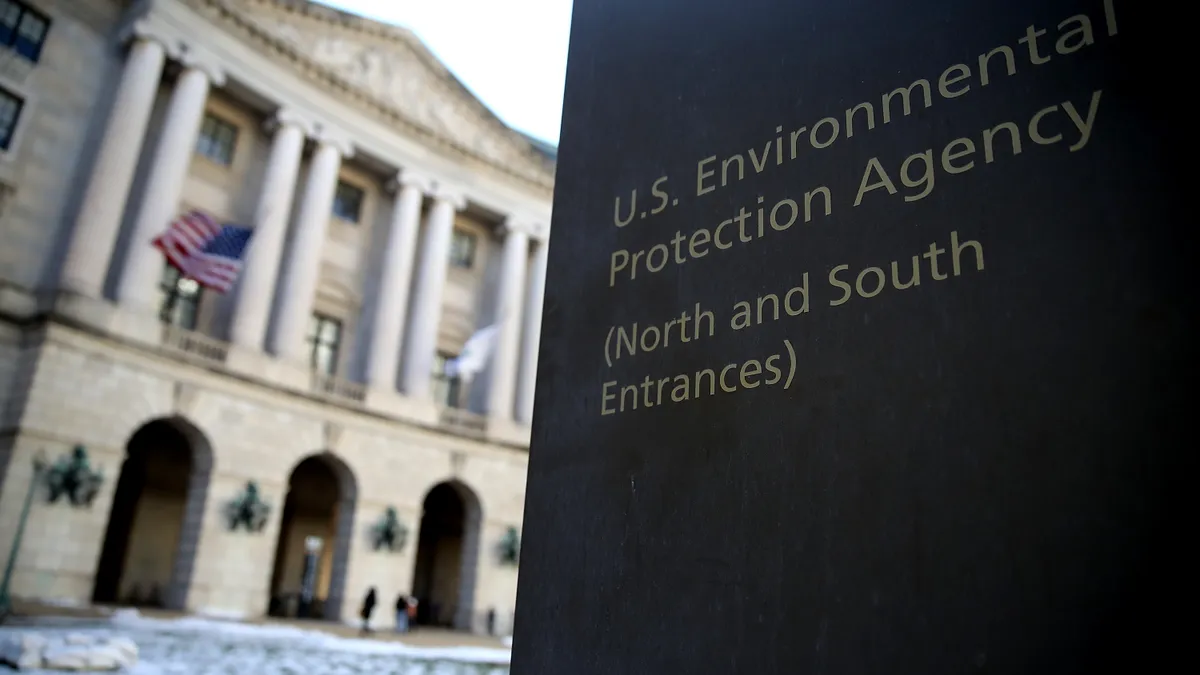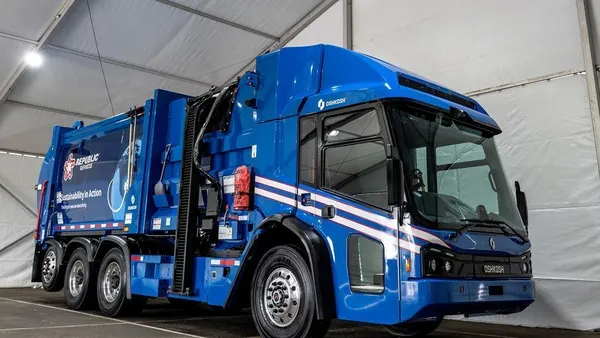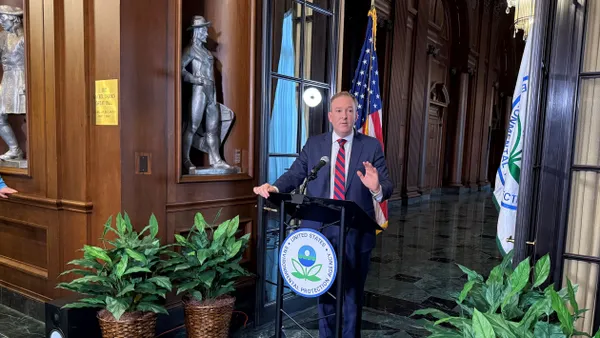The U.S. EPA has announced plans to develop new effluent limitation guidelines and pretreatment standards for landfill leachate due to the presence of PFAS.
The EPA regularly updates its effluent limitation guidelines, which are its national wastewater discharge standards. The newest version, Plan 15, calls for updating standards in its landfills category based on evidence that leachate effluent from Subtitle D landfills can discharge per- and polyfluoroalkyl substances to nearby surface waters and publicly owned treatment works, it announced Friday.
The recommendation is based on a study of 200 landfills it conducted in September 2021, which found PFAS was present in leachate at 95% of the locations. It counted 63 different PFAS among the sites surveyed.
It’s not yet clear when new rules would take effect or how they might impact daily landfill operations, in part because the process is “pending resource availability” according to the report. The waste industry is also awaiting other EPA decisions on PFAS that could affect operations, such as the anticipated regulation of certain PFAS as hazardous substances under the Resource Conservation and Recovery Act and the establishment of certain drinking water standards.
David Biderman, executive director and CEO of the Solid Waste Association of North America, called the ELG announcement a “potentially significant development.” He said in an email that SWANA has been discussing the news with members and “will be developing its response in the coming months.”
SWANA met with the EPA during the landfill study stakeholder process. The agency also met with the National Waste & Recycling Association, WM and Republic Services and the Association of State and Territorial Solid Waste Management Officials.
The EPA calls PFAS in landfill leachate “a challenging matrix,” but the report states landfill operators are likely able to treat it with technologies such as granular activated carbon, ion exchange and reverse osmosis. The agency acknowledges that landfills don’t generate PFAS on their own but rather receive PFAS-containing materials, calling landfills “essential utilities and the ultimate destination of many discarded consumer and industrial products containing PFAS.”
Industry representatives told the EPA that there are opportunities to minimize discharges of PFAS, and some operators have recently begun treating PFAS on-site. “However, … the most effective approach to controlling PFAS would be to eliminate it at the source,” they said.
The EPA has also collected information it says will help “begin determining” whether PFAS in leachate passes through or interferes with publicly owned treatment works’ operations.
EPA also notes that PFAS can pose an environmental justice issue, as an estimated 13.2 million people live within a mile of a landfill in the U.S., and about 31% “belongs to a minority group,” according to the report.
In 2000 the EPA established several limitations for wastewaster discharged from landfills to surface water, but it didn’t create pretreatment standards for landfills that indirectly discharge wastewater via POTWs.
In a separate action, the EPA has proposed adding PFAS contamination to its list of national enforcement and compliance initiatives. The EPA updates its NECI list every four years and will seek public comment through March 13. The proposal contains plans to address environmental justice concerns in all NECIs, which include reducing emissions of harmful pollutants, reducing the risk of accidental releases at industrial sites and keeping up with drinking water standards compliance.














